Why do cherries dry and what to do about it?
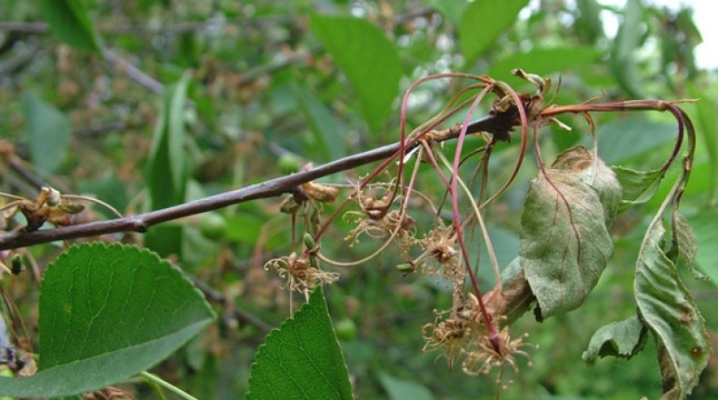
Summer residents can often observe such a phenomenon as drying out of cherry leaves, branches and even fruits. Such a problem cannot be ignored, however, in order to solve it, it is necessary to accurately establish the cause of its occurrence. Why cherries are drying, and how to deal with it, will be discussed in this article.
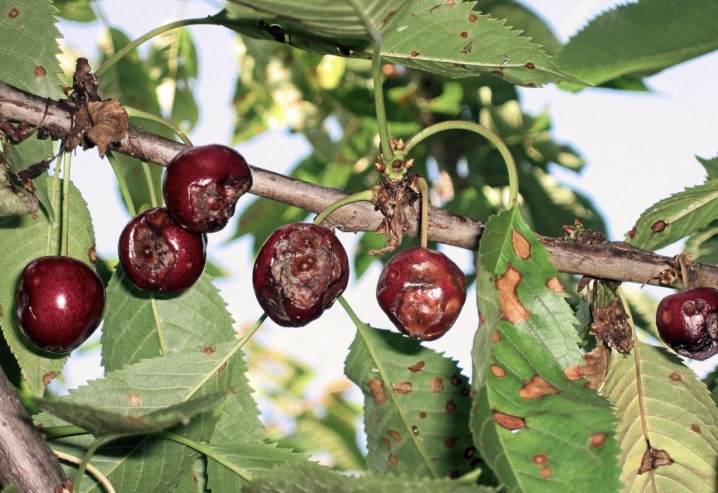
Drying reasons
After landing
There are many reasons why a very young, recently planted cherry dries up. Such reasons include the planting of poor quality seed, the wrong place to grow the tree, extreme cold and improper care. Improper care can mean insufficient or, conversely, too abundant watering and a lack of fertilizers.
In general, cherry seedlings do not require any special care and are not picky in this regard. If you plant a tree in the fall, then the seedling must be insulated, and the soil must be mulched with peat and sawdust, which in the future, by the spring, will serve as a place for cherries to obtain useful organic substances that will contribute to its growth, development and resistance to frost.
In addition, you need to supply the young planting with the necessary amount of water and timely feeding.
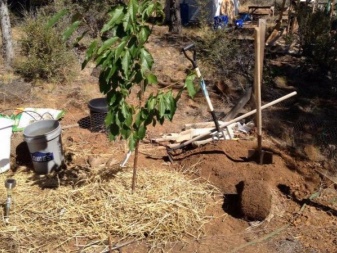
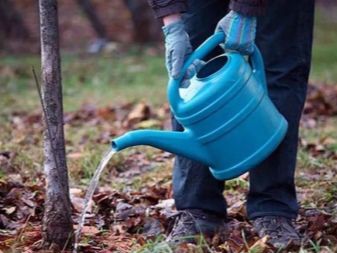
After flowering
Immediately after flowering, you can often observe the following picture: the leaves, ovaries and shoots of a cherry turn yellow, then turn black and look charred, its flowers wither and dry up, after which the branches fall off and dry from the ends. All these symptoms indicate that the tree is sick with a fungal disease such as moniliosis.... The initial symptoms of this ailment can be noticed already at the beginning of summer, in June, and sometimes only closer to July. Further, if you do not start treatment, the disease begins to progress.
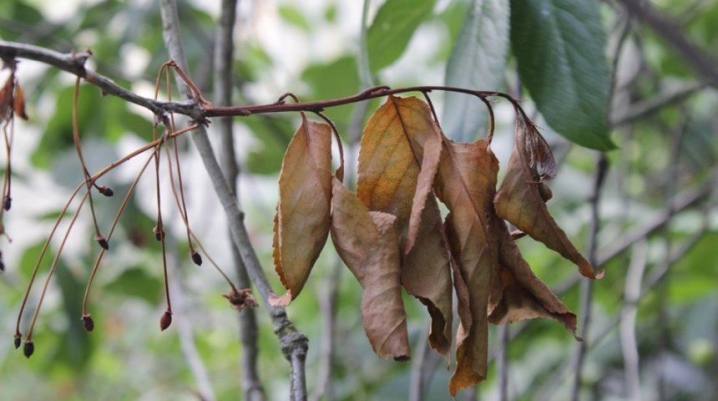
At another time
At any other time, cherries dry out and wither for many reasons. At the same time, it may be noted that its leaves turn yellow, curl and fall off, in addition, there may be problems with cherry fruits.
The cause of such problems can be, for example, the peculiarities of the variety, which is very capricious in terms of care. - this applies mainly to felt cherries. It often happens that harmful insects - shoot moth, weevil and cherry aphid - are to blame for such problems with cherries. These parasites cause great harm to the berries and the entire tree as a whole, actively feeding on its juices, and are also the main carriers of various infections, capable of infecting the planting with one or another disease.
Various diseases can also be the main reason for the drying out of the foliage and branches of the plant. In addition to moniliosis, it can be a disease such as anthracnose, coccomycosis, false mulberry.
Whatever the reason, one thing is clear: if you have no desire to lose a rich harvest of berries, and you do not plan to wait for the moment when the cherry dries completely, then you need to deal with the problem, and as soon as possible to save the cherry and not start the situation ...

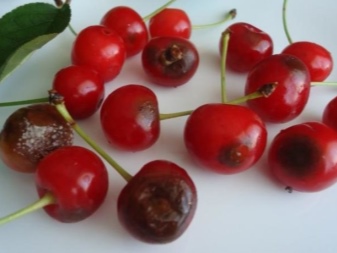
What to do to restore the cherry?
We comply with the rules of agricultural technology
Compliance with agrotechnical rules will help prevent the occurrence of pests and diseases, or will contribute to getting rid of them in the early stages of their appearance.
Agrotechnics means the timely elimination of the affected parts of the tree, and then thorough disinfection of these places. This also includes the mandatory harvesting of old foliage after the final harvest.Spores of fungus or insect larvae can remain on plant debris, which, if not removed, can cause great harm to the tree. Do not neglect the whitewashing of the cherry, the care of its near-stem circle and the periodic thinning of its branches.
It is worth paying special attention to the selection of seed material for planting. It is recommended to give preference to such varieties of cherries that are highly resistant to certain diseases and pests. At the same time, when planting a cherry, you should not deeply deepen its roots, otherwise the root system may begin to rot.
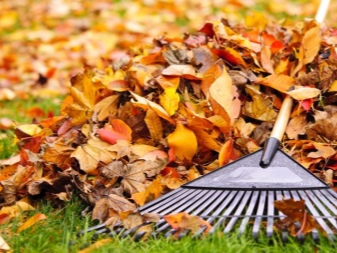
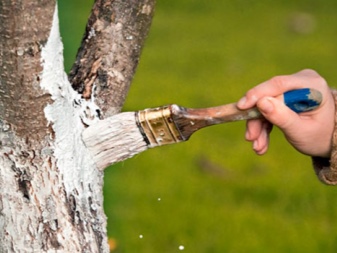
If we talk about watering, then they should be timely, but it is also not worthwhile to allow waterlogging of the soil, since under such conditions there is a risk of the emergence and active development of fungus and fungal disease. So, if it rained heavily, then it is better to wait with watering.
Do not forget about regular feeding and processing of the tree. It must be processed not only during the period of pests and diseases, but also for prevention.
To do this, it is not necessary to resort to the use of chemicals, sometimes it is enough to use folk remedies, which can be made with your own hands at home.

We treat diseases
If we are talking about moniliosis or monilial burn, then this disease manifests itself 2 weeks after infection and begins to actively spread in conditions of high humidity and a temperature of +20 degrees. The sooner you know that the tree is sick, the better. To do this, it is recommended to inspect it regularly. The disease can be treated with a urea-based solution. To do this, for one tree, you need 0.5 kilograms of the main component, 5 liters of water and a little soap for adhesion. In addition, it is necessary to whitewash the tree with lime, and remove and burn some of its affected areas in a timely manner.
If we are talking about coccomycosis, then with this disease one can observe the formation of red spots on the foliage, and then the appearance of plaque. Further, the foliage begins to crumble, and the tree itself inhibits growth and loses its frost resistance. This is a fungal disease, the causative agent of which actively spreads in conditions of dampness and low temperatures. To prevent the onset of the disease, it is necessary to eliminate old plant residues, and during the period of swelling of the buds, treat the tree with fungicides, which contain copper.
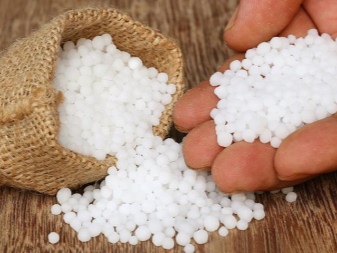

Speaking about such a disease as anthracnose, it is worth saying that it is mostly berries that suffer from it. This disease develops mainly in conditions of high humidity and windiness. In the first stages, small spots can be seen on the fruits, which increase over time, and a pinkish coating can already be seen on them, then the fruit is mummified. So, in the presence of favorable conditions, the disease can destroy most of the crop. To cure anthracnose, it is necessary to destroy diseased berries and use special means. Perfectly suited "Poliram" and a solution of copper sulfate, which are used before and after flowering, and in early spring, you can apply Bordeaux liquid with a concentration of 1%.
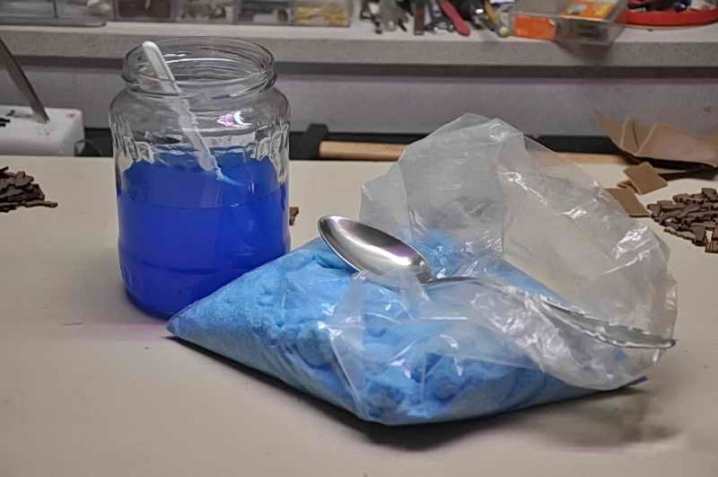
It is worth mentioning about septoria, which also provokes curling and drying of cherry foliage. At the same time, on the bark, you can see specks of a characteristic yellowish color, which soon change color to brown. Cherries begin to dry out. To avoid the occurrence of the disease, it is necessary to periodically spray the trees with Bordeaux solution. For the treatment of the disease, they resort to the help of such drugs as "HOM" and "Abiga-Peak".
The last on this list will be such a disease as false mulberry. It provokes rotting inside the cherry.Excessive fragility of the branches, dark veins, perennial growths on the trunk of the cherry and the appearance of a yellowish fungus indicate the onset of the disease. This disease cannot be cured, and a diseased tree must be eliminated and burned so as not to infect healthy plantings.
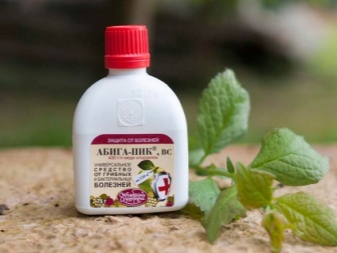
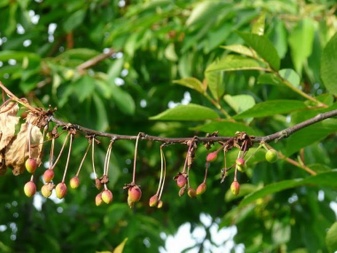
Getting rid of pests
Often, you can see parasites on the tree, which feed on its juices and are able to infect it with this or that disease.
If we talk about the shoot moth, then during the spring the caterpillars of this parasite infect cherry buds that have not yet blossomed. They also harm young foliage, buds and ovaries. In order to destroy harmful insects, as well as prevent their appearance in the future, cherries need to be treated with such chemical agents as "Aktara", "Iskra" and "Decis". This is done during the onset of the kidneys.

There is also a second cherry pest - the cherry aphid. It absorbs nutrients from the foliage of the tree, which subsequently leads to deformation of the shoots and drying out of the branches. The appearance of aphids is primarily evidenced by the twisting of the foliage. To prevent the occurrence of this parasite, it is necessary to regularly eliminate weeds, and if there is a noticeable increase in the number of pests, then it is necessary to resort to treating cherries with insecticides.
It is worth mentioning about the weevil. This is an insect that has a green color with a bronze tint. It actively eats the buds before the tree begins to bloom, and then harms the berries. Often, the fight against this harmful insect is carried out manually.
Such a struggle involves digging the trunk circle, whitewashing the trunk, as well as eliminating the parasite with your own hands. In addition, you can use special chemicals.
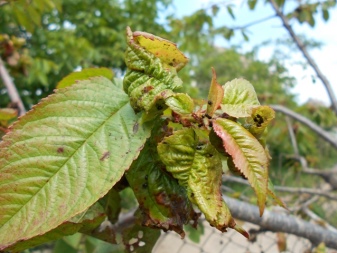
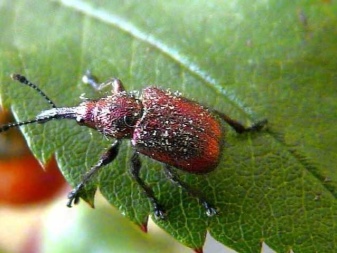
How to beat gum therapy?
Gum removal or hommosis is another disease that is characteristic mainly of felt cherries. When a disease occurs, the tree actively releases amber resin, noticeably inhibits growth and subsequently dries out. This disease appears due to the abundance of water and the oversaturation of the tree with top dressing.
It is necessary to treat gum disease as early as possible. To do this, it is necessary to cut off those areas where the presence of resin is observed, to treat the affected areas with a solution of copper sulfate with a concentration of 1%, sorrel juice or garden var is also suitable for these purposes. If the branches have been severely affected, then they must be completely eliminated.
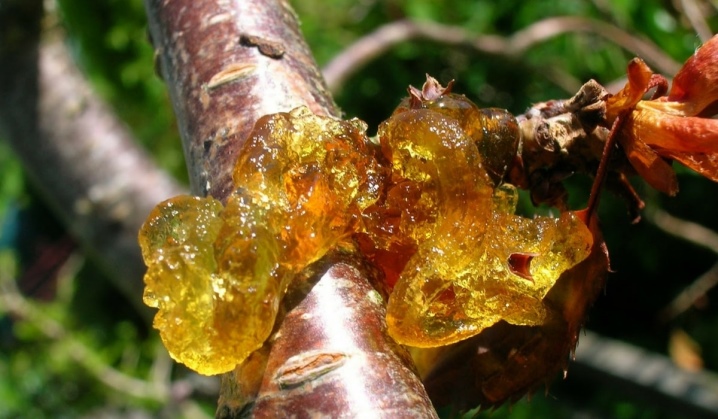
Care advice
In order for a tree to please you with a rich harvest every year, it must be regularly inspected for pests or diseases. This will help get rid of problems in the early stages and not start them. Particular attention should be paid to young plantings, as they are less resistant to diseases, parasites and cold weather.
Do not neglect insecticide treatments. Folk remedies, of course, are good, safe and effective, but chemicals are still many times more effective.
Prune the tree regularly to form the crown. This is done mainly after the snow melts to remove broken, frozen and diseased branches. Cuts, cracks and other kinds of damage are cleaned, after which they are covered with garden pitch. Further pruning is carried out in the autumn to prevent a large number of shoots from forming and to ensure normal air circulation.
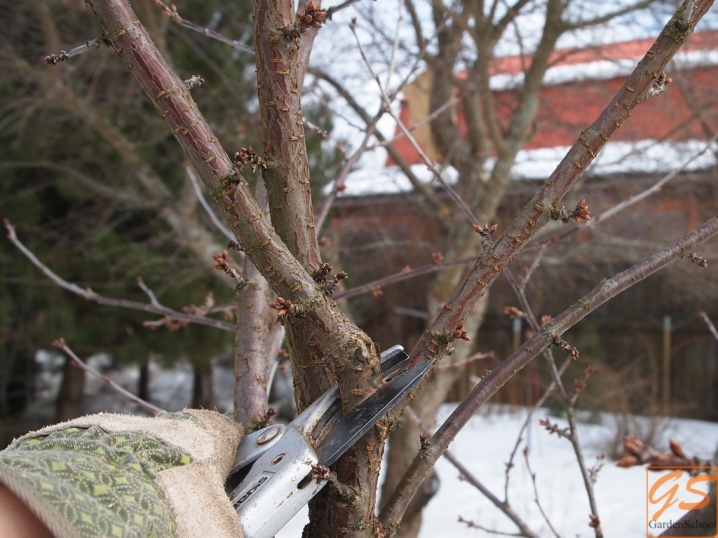
Do not ignore the whitewash of cherries. This will allow you to avoid the occurrence of certain fungal diseases and parasitic insects.
Besides, Provide the cherries with the necessary organic and mineral substances, as well as the right amount of water. And after the final harvest, it is strongly recommended to collect old plant residues to prevent the occurrence of fungus or parasites in the next season.
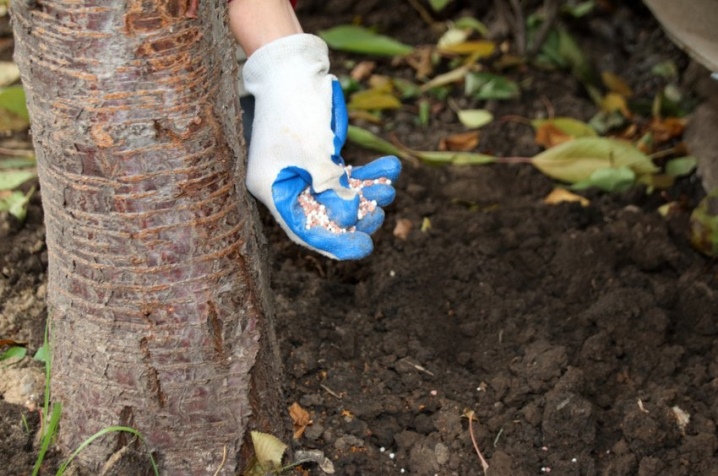













The comment was sent successfully.